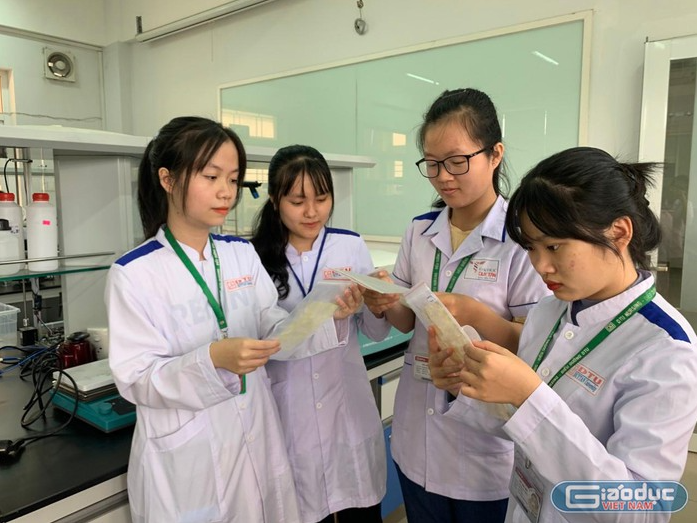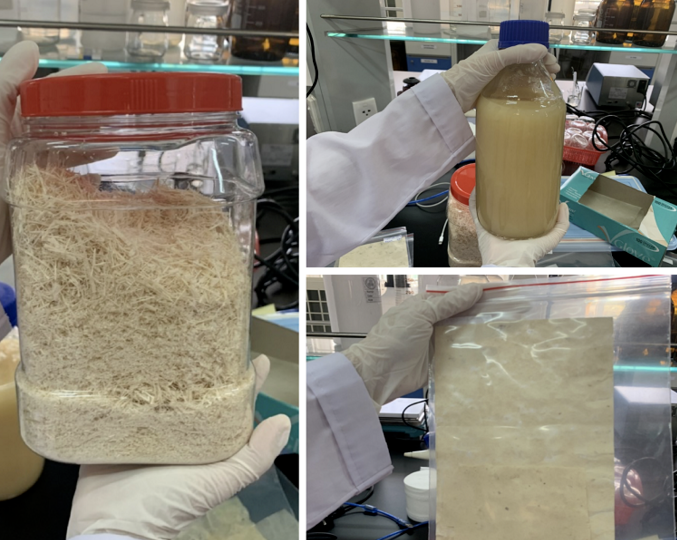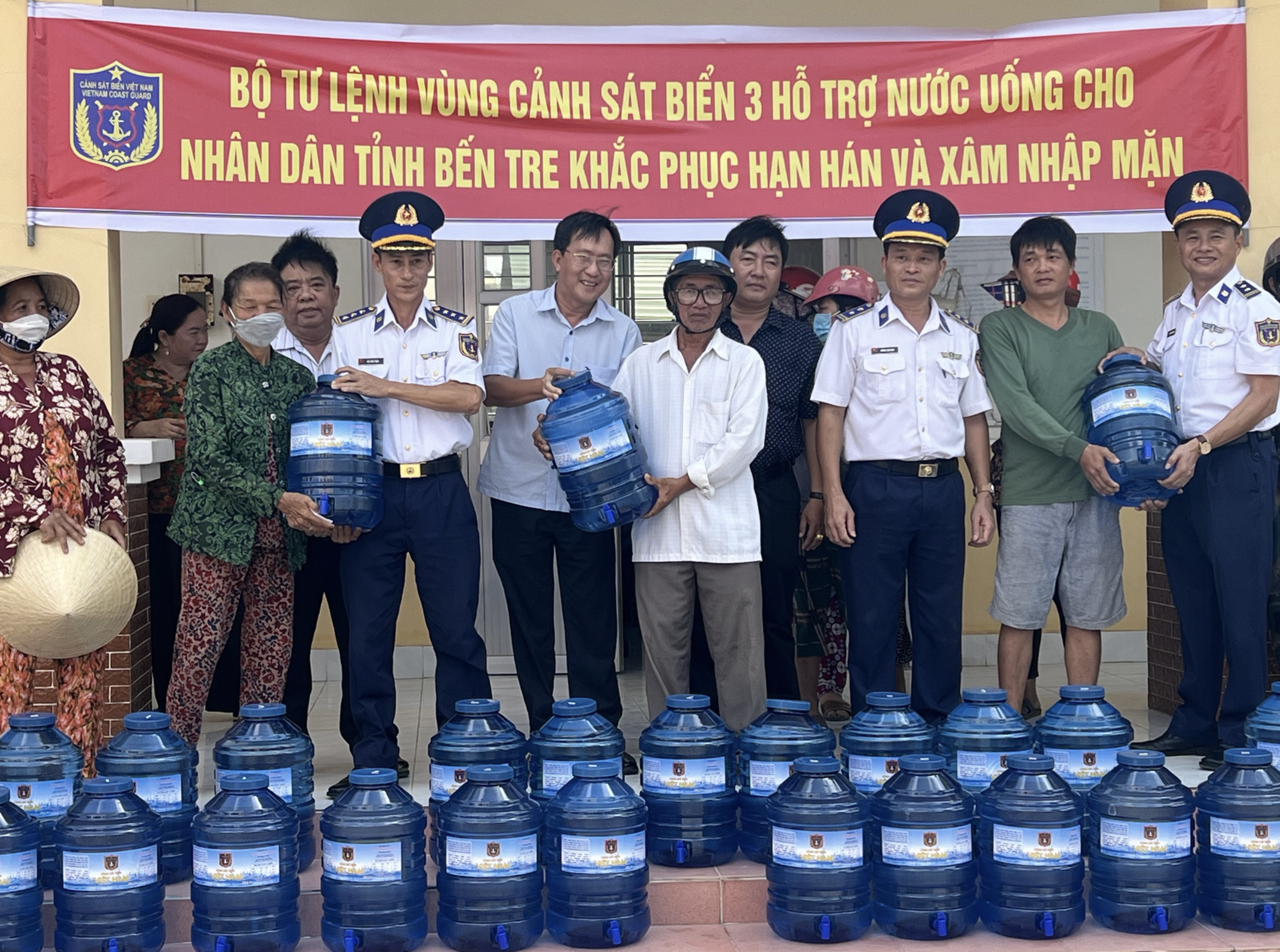 |
| Photo: Bao Moi |
After several times seeing piles of bagasse waiting to be taken away while sitting at a street soft drink shop near his university, Pham Van Thinh, a fourth-year student at Duy Tan University, came up with the idea to make use of the bagasse. Studying economy, Thinh understands little biochemistry. He, therefore, came to friends in Nursing Faculty to share the idea. Knowing that bagasse can decompose in the natural environment after about 30-60 days because it contains cellulose fibers, the group came up with the idea of using bagasse to make medical masks that is easier to decompose than conventional products, which helps reduce environmental pollution.
Early March 2020, Thinh and his friends seek ingredient sources from soft drink shops in their residence. According to Thinh, at the beginning stage, the group felt shy as no one believed that bagasse could be turned into medical masks. “At that time, we still did not know whether we could succeed with the final product, we only knew to try our best,” said Thinh.
All further process was done in a laboratory that their university allowed them to use at the end of the school days. Bagasse was soaked with water, then boiled with caustic soda to turn into small fibers. At the end of this process, the group received a clear white liquid, which was then filtered to get the pure residue. This ingredient was further laminating and drying. “The finished product is thin, old yellow materials with no smell”, Thinh said.
 |
| Photo: VN Express |
However, due to its cellulose content, this material was absorbent and easily damaged. It took the group a month for further research. Thanks to the advice from the university’s teachers, the group knew that they had to make a thin chitin layer from the shrimp shell, which resistant to water and antibacterial. Chitin was added to the outermost layer of the mask.
Through several tests, the chitin layer did not stay attached to the inside layers, making it difficult for the group at this first stage because this problem meant their mask could not resist water. “We then found out that the shrimp shell should have been ground more finely”, Thinh said.
The second layer of the mask was then mixed with activated carbon and nanosilver to help prevent dust and bacteria. The tightly knit cellulose fibers combined with these two protective membranes can block 3-5 micrometers of microscopic droplets. The inner layer, which directly touched the users’ skins, was compressed into a porous form to make the fabric softer, avoid causing irritation.
After 7 months of production, the first masks were sent to teachers and the group’s friends, who then feedbacked that they found the mask breathable while causing no itching. Thinh said, the team sent samples to a number of hospitals and centers to test and evaluate the safety of the masks’ material, and then improved the masks according to experts’ opinion.
“If we can bring the products to the market, their selling price will be about VND 4,000 (USD 0,17) per mask. There are a number of companies who contacted the university, hoping to develop our products,” Thinh shared.



